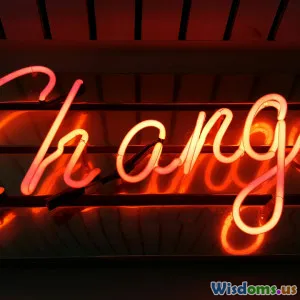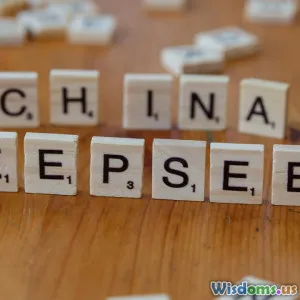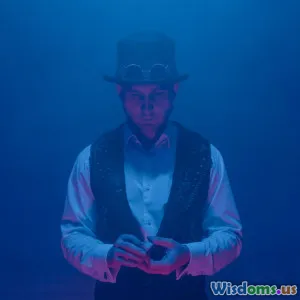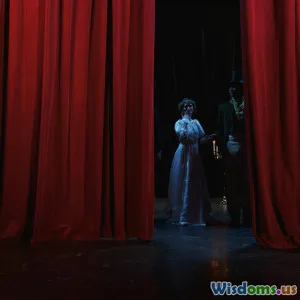
From Rabbit to Drone How Technology Is Transforming Magic Shows
7 min read Explore how technology—from classic rabbits to futuristic drones—is revolutionizing magic shows. (0 Reviews)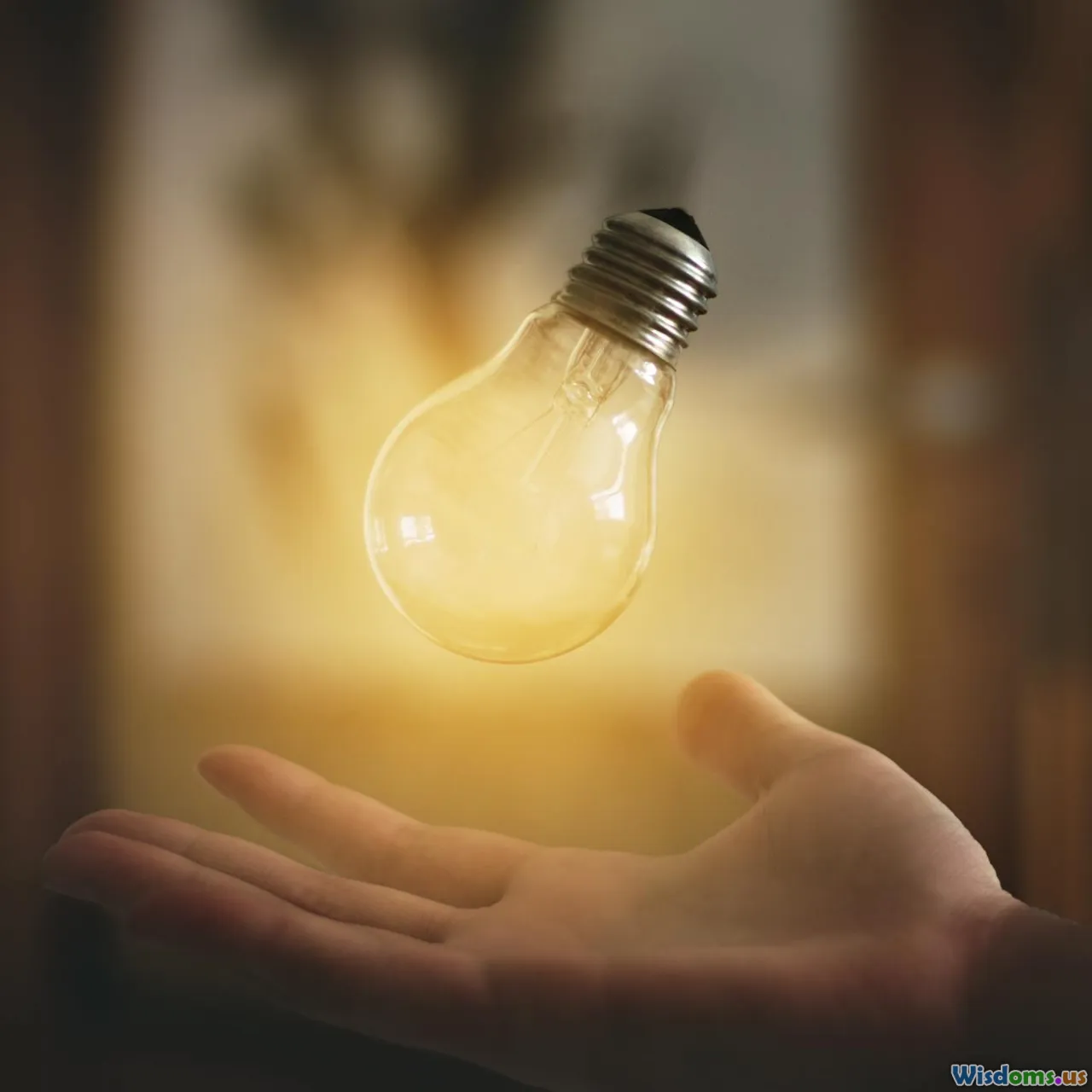
From Rabbit to Drone: How Technology Is Transforming Magic Shows
Magic, a captivating blend of wonder and mystery, has long fascinated audiences across generations. Traditionally, magicians relied on sleight of hand, theatrical misdirection, and classic props—think top hats and disappearing rabbits—to create illusions. However, as technology surges forward at an unprecedented pace, magic shows are undergoing a remarkable evolution. Today’s magicians are integrating drones, augmented reality (AR), artificial intelligence (AI), and more to amplify the art of illusion and deliver electrifying performances.
The Golden Era of Stage Magic and Classic Illusions
Before diving into today’s tech-enhanced magic, it’s important to appreciate how traditional magic coaxed enchantment from simplicity. Iconic elements such as conjuring rabbits out of hats, making cards vanish, or escaping from locked boxes relied not just on props but on the mastery of human skill and storytelling.
Example: Harry Houdini’s Legacy
Harry Houdini, a master of escapology in the early 20th century, enthralled audiences with daring underwater escapes and locked trunk acts, all performed with minimal technology. His feats were grounded in physical skill and psychological misdirection, demonstrating that magic’s roots are deeply human rather than mechanical.
The Advent of Technology in Magic: Early Integrations
While the roots of magic are ancient, the introduction of technological tools has subtly influenced performances for over a century. Early 20th-century magicians sometimes leveraged mechanical devices — hidden trapdoors, mirrors, or puppetry — to craft illusions that seemed impossible.
However, these mechanisms remained largely physical and analog.
The Digital Revolution: Entering an Era of High-Tech Magic
1. Drones: The New Invisible Assistants
In the last decade, drones have soared beyond simple aerial tools into magical assistants capable of remarkable feats. Flying silently and precisely, drones can create jaw-dropping illusions by carrying props mid-air or acting as floating spotlight sources.
Case Study: The Illusionist Lei demonstrates a levitating lady, where high-precision drones cleverly conceal the prop cables and move seamlessly across the stage, blurring the lines between reality and fantasy.
2. Augmented Reality (AR) and Virtual Reality (VR)
AR overlays computer-generated images onto a live environment, enabling magicians to summon virtual objects or transform surroundings instantly.
For example, illusionist Marco Tempest has pioneered combining AR with magic, crafting live performances where he seemingly manipulates digital objects in real time. The use of AR glasses or smartphone apps allows audiences to see wonders beyond the physical stage.
3. Artificial Intelligence Aiding Performance
AI offers magicians opportunities to customize shows dynamically based on audience reactions or to execute complex scripted illusions perfectly every time. Machine learning algorithms can sift through audience data to select volunteers who might yield a more impactful outcome or predict reactions for narrative pacing.
4. Projection Mapping and Holograms
High-resolution projection and holographic technologies enable magicians to conjure entire environments or ghostly figures onto the stage. For example, holograms of famous magicians brought back to life can perform alongside live artists, creating a multi-generational spectacle.
Real-World Examples: Contemporary Magic Shows with Tech Innovations
-
David Copperfield: Long known for larger-than-life illusions, Copperfield has begun integrating LED technology and elaborate automation into productions to create grander effects.
-
Derren Brown: Leveraging psychological techniques alongside tech tools like subtle audio cues and biometric sensors to deepen audience engagement.
-
Hans Klok: Known for lightning-fast illusions, he incorporates dynamic lighting systems and mechanized props synchronized through computerized controls.
Impact of Technology on Audience Experience and Magic’s Future
Enhanced Immersion and Interaction
Technology allows audiences to become active participants rather than mere spectators. Through smartphone apps or wearable tech, audiences can influence illusions in real time or even ‘perform’ magic themselves digitally.
Redefining Secrecy
Traditionally, magic relied on strict secrecy to maintain mystery. Technology introduces new challenges and opportunities: illusions might be documented through high-resolution cameras, requiring magicians to create effects that withstand digital scrutiny.
Inspiring Future Magicians
The infusion of technology not only amuses audiences but inspires a new generation of performers to blend STEM (Science, Technology, Engineering, and Mathematics) disciplines with artistry, pushing the boundaries of what 'magic' can be.
Conclusion: Merging Tradition and Innovation to Enchant New Generations
From the humble rabbit in a hat to flying drones and virtual illusions, technology is more than just an add-on—it’s reshaping the very fabric of magic shows. Where one might worry that gadgets could overshadow the magician’s artistry, in reality, these tools amplify creativity and deepen the connection between performer and audience.
As magicians embrace drones, AI, AR, and projection technologies, magic evolves as a transformative art form that both honors its rich heritage and leaps boldly into the future. The stage mysteries continue—not diminished but augmented, beckoning us all to believe in wonder once more.
Rate the Post
User Reviews
Popular Posts










